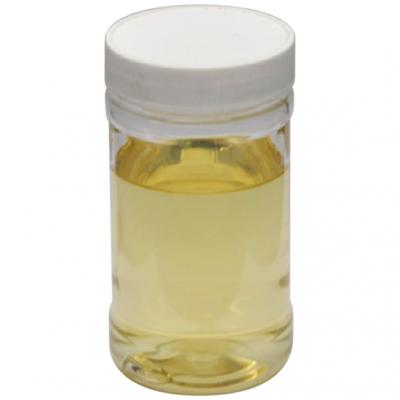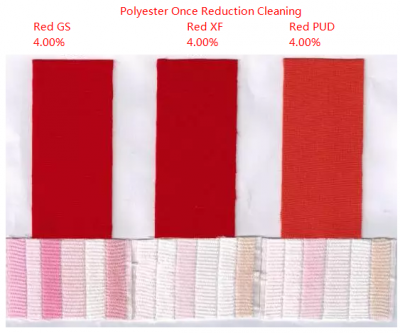Textile dyeing is a coloring agent that makes textiles no longer monotonous. What are the classifications of textile dyeings?
1. Direct dyes. Most of the dye molecules have an azo structure and contain water-soluble groups such as sulfonic acid groups and carboxylic acid groups. They are soluble in water and exist as anions in water. Generally, dyes have affinity for cellulose. The dye molecules and cellulose molecules are combined with van der Waals forces and hydrogen bonds to dye the fibers.
2. Acid dyes are a class of anionic dyes containing sulfonic acid groups, carboxylic acid groups, etc., and usually exist as water-soluble sodium salts. In acid dye baths, they can interact with protein and cellulose molecules. The amino groups are dyed by ionic bonds. The structure is mainly composed of azo and anthraquinone, and part of it is triarylmethane structure.
3. Metal complex dyes are generally dyes containing azo and anthraquinone that can chelate with metals in structure.
4. Insoluble azo dyes. During the dyeing process, the nitrogen component and the coupling component directly react on the fiber to form a lake and dye the substrate. Because diazotization needs to be carried out under the condition of ice cooling (0 to 5℃), it is also called ice dye.
5. Reduction dyes of textile dyeing are insoluble in water, but they can be reduced to leuco body under alkaline conditions to dye fibers, and then oxidized to restore the original insoluble dyes to dye fibers. If the vat dye is made into sulfate sodium salt, it can be turned into a soluble vat dye. After dyeing on the fabric, the water-soluble group is removed by hydrolysis and oxidation to generate insoluble vat dye to be fixed on the fiber, which is known as soluble vat dyes.
6. Sulfur dyes, a type of dyes whose dyeing principle is roughly similar to that of vat dyes and whose reduction mechanism is carried out through alkali sulfide. Such dyes are mostly black, blue, and grass green.
7. Disperse dyes do not contain water-soluble groups in their molecules. They are a class of non-ionic dyes with little water solubility. Disperse agents are used to disperse the dyes into fine particles during dyeing and in the dye bath the disperse dyes can dye the fibers in a dispersed state. Disperse dyes are mainly used for dyeing and printing of polyester fiber.
8. Reactive dyes. The dye molecules have groups that can covalently bond with the hydroxyl and amino groups in the fiber molecules. It is a kind of dye that is more commonly used at present.
9. Cationic dyes, also known as basic dyes. It dissolves in water and presents a cationic state. It is mainly used for dyeing nylon fibers. It can also be combined with protein molecules in salt and alkali.
10. Polycondensation dyes. These dyes are soluble in water. During dyeing, the water-soluble groups are removed from the fiber and the intermolecular polycondensation reaction occurs, which becomes an insoluble dye with a larger molecular weight and is fixed on the fiber.
The above is the classification of textile dyeings. In addition to the above types, there are oxidation dyes (such as aniline black), solvent dyes, polypropylene dyes and so on.



 English
English  日本語
日本語  Español
Español  tiếng việt
tiếng việt  Türkçe
Türkçe  ไทย
ไทย  українська
українська  हिंदी
हिंदी  বাঙালি
বাঙালি  اردو
اردو 


